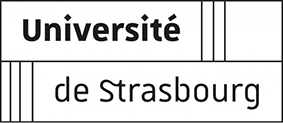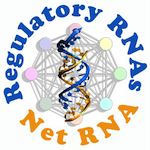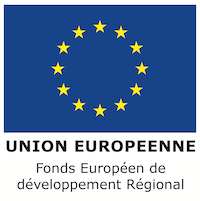The functioning of the mitochondrion, the energy centre of eukaryotic cells, requires the synthesis of proteins in the mitochondrial ribosomes. The teams of Yaser Hashem (IECB, INSERM, Bordeaux), Laurence Drouard and Philippe Giegé (IBMP, CNRS Strasbourg) have highlighted the very particular architecture, formed by small RNA fragments, of the mitochondrial ribosomes of the model alga Chlamydomonas reinhardtii. This study is published in the journal Nature communications.
The green alga, Chlamydomonas reinhardtii, is the model of choice for studying photosynthesis or the motility of these flagella, and is also a key model for studying mitochondrial biology. How the assembly of a dozen small ribosomal RNA fragments encoded by its mitochondrial genome allows the reconstruction of a functional ribosome remained an open question. By combining biochemical, genetic and structural studies using cryo-electron microscopy (cryo-EM) and cryo-electron tomography (cryo-ET), the researchers were able to characterise the mitochondrial ribosome of this alga and determine its structure at high resolution. This study reveals its fine architecture and reveals how the different ribosomal RNA modules are assembled and stabilised thanks to the presence of a dozen new proteins specific to this alga. Most of these proteins have repeated helical domains, like those found in proteins with octotricopeptide repeat domains.
 Atomic structure (centre) of the mitochondrial ribosome of the green alga Chlamydomonas reinhardtii. The 13 ribosomal RNA fragments shown in different colours are assembled in the small and large subunits of the ribosome. The ribosomal proteins are shaded.
Atomic structure (centre) of the mitochondrial ribosome of the green alga Chlamydomonas reinhardtii. The 13 ribosomal RNA fragments shown in different colours are assembled in the small and large subunits of the ribosome. The ribosomal proteins are shaded.
While several structures of mitochondrial ribosomes from different eukaryotic lineages have been obtained in the last five years, revealing unsuspected differences between them, the structure of the Chlamydomonas mitochondrial ribosome represents an extreme example of evolutionary divergence, with the core of the ribosome formed by a complex assembly of small RNA fragments held together by a series of proteins recruited specifically for this function. This study illustrates how mitochondrial ribosomes have developed an astonishing diversity of strategies over the course of evolution to ensure protein synthesis.
Actualités scientifiques de l’INSB
En direct des labos du 21 Décembre 2021















